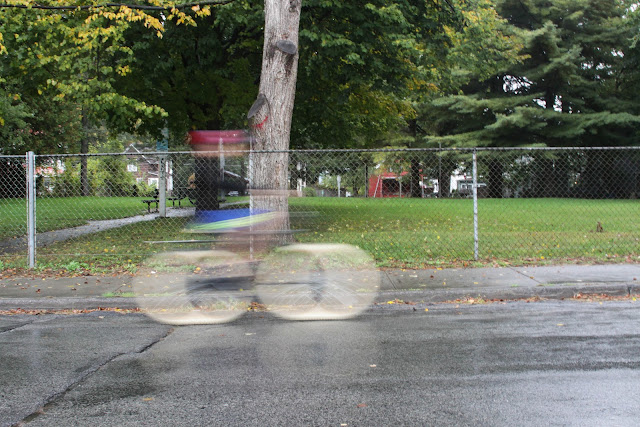I seem to have always been a Canon girl. I can't quite remember when the preference began. Maybe since I'd always seen a Canon in the hands of my mother or when I worked for a wedding photographer I got used to the way I was surrounded by the lenses, bodies and flashes and the way each felt familiar in my fingers. All I know is the time one of my best friends bought her few thousand dollar Nikon, I felt like a foreigner staring at something that should have been easy to translate.
At this point in time I'm the owner of quite a few cameras. Polaroids, old point and shoots, a very pretty twin lens reflex and countless others. My main camera's however lay in my camera bag thats been pulled around so much it only has one latch. Inside is an old Canon digital Rebel that was my first SLR, and then my Canon 50D. The Rebel was amazing for me to learn on and experiment with. As soon as I got my 50D however there was no comparison.
With the larger LCD display and the rotating quick dial to more easily set shutter speeds, it was simply more efficient and user-friendly. As with the original Rebel though, the 50D's main mode dial is the same. On the dial the Automatic mode is labeled with the little green rectangle. The automatic setting forces the camera to think for itself and set everything to what it thinks it sees. From aperture to shutter speed to ISO speed and whether or not it thinks a flash should be used. This setting I think should only be for users who either have no time and are without enough experience to think quickly about which settings to use, or for users who don't really have a specific care as to whether their photos will have the desired effect that they're looking for. If thats the case, I'd recommend a nicer point and shoot for those folks.
The P on the mode dial stands for Program which is basically one step up from Auto. It automatically sets your cameras Aperture and Shutter Speed while leaving your flash and ISO speed for you to control. This I'll revert to once in a while, seeing as I am in no way professional and I'm still not completely comfortable diving in when there's a chance its something I might miss. I'll give the camera its credit for sometimes knowing more than I do. The TV on the mode dial stands for Time Value and the cameras shutter priority in which case you set the cameras shutter speed and the camera will automatically set the aperture for you. The Av setting stands for aperture value where the user can set the aperture setting and the camera will set the shutter speed for you. The M stands for manual where the user controls all settings on the camera and is in complete control as to how they will take their photograph. I try use M as often as I can so I can become more skilled at judging light for myself. Its a good feeling to have taken a photograph and at the end of the day be able to say you constructed each and every part of it yourself, and be happy with the outcome.
To tell you the truth I have probably never touched the other side of the mode dial that includes the tiny picture icons of the face, the mountains, the flower, the running man, the person with the star behind them and the flash with a slash over it. I know those same icons used to be on my tiny point and shoot and that they are pretty self explanatory.
The face icon is for portraits of people and the manual advises that you use that mode with a telephoto lens. The mountain icon is for scenic landscape types of photos in which you'd probably want to invest in a wide-angle lens. The flower icon is for macro shots and shooting small details and a macro lens is advisable. The running man is for action shots used mostly in sports. The person with the star behind them is for night shots where in general if you're not using flash you should use a tripod. The icon of a flash with a slash is used in situations where flash is not allowed, for example museums or weddings. (Assuming you're not the photographer.)
Getting to know your camera and how you are going to use your camera is keystone if you want to become successful in photography. There are still a million things I have yet to discover when it comes to what my camera is capable of. Still after two years, we are becoming acquainted as if we just met. I can only hope to keep learning more.

























